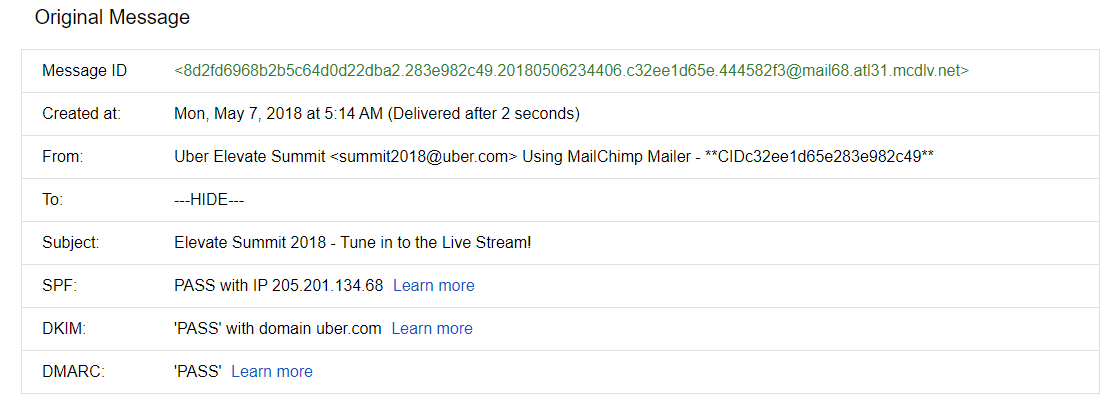The intend of most of the programmatically generated emails is generally transactional, triggered or alert n nature- which means these are important emails which should never land into spam.
Having said that there are multiple parameters which are been considered before flagging an email as spam. While Quality of email list is the most important parameter to be considered, but I am skipping that here from the discussion because here we are talking about important emails which are sent to either ourself or to known email addresses.
Apart from list quality, the other 3 important parameters are;
- Sender Reputation
- Compliance with Email Standards and Authentication (SPF, DKIM, DMARC, rDNS)
- Email content
Sender Reputation = Reputation of Sending IP address + Reputation of Return Path/Envelope domain + Reputation of From Domain.
There is no straight answer to what is your Sender Reputation. This is because there are multiple authorities like SenderScore, Reputation Authority and so on who maintains the reputation score for your domain. Apart from that ISPs like Gmail, Yahoo, Outlook also maintains the reputation of each domain at their end.
But, you can use free tools like GradeMyEmail to get a 360-degree view of your reputation and potential problems with your email settings or any other compliance-related issue too.
Sometimes, if you're using a new domain for sending an email, then those are also found to land in spam. You should be checking whether your domain is listed on any of the global blocklists or not. Again GradeMyEmail and MultiRBL are useful tools to identify the list of blocklists.
Once you're pretty sure with the sender reputation score, you should check whether your email sending domain complies with all email authentications and standards.
- SPF
- DKIM
- DMARC
- Reverse DNS
For this, you can again use GradeMyEmail or MXToolbox to know the potential problems with your authentication.
Your SPF, DKIM and DMARC should always PASS to ensure, your emails are complying with the standard email authentications.
Here's an example of how these authentications should look like in Gmail:
![Email Authentication]()
Similarly, you can use tools like Mail-Tester which scans the complete email content and tells the potential keywords which can trigger spam filters.

